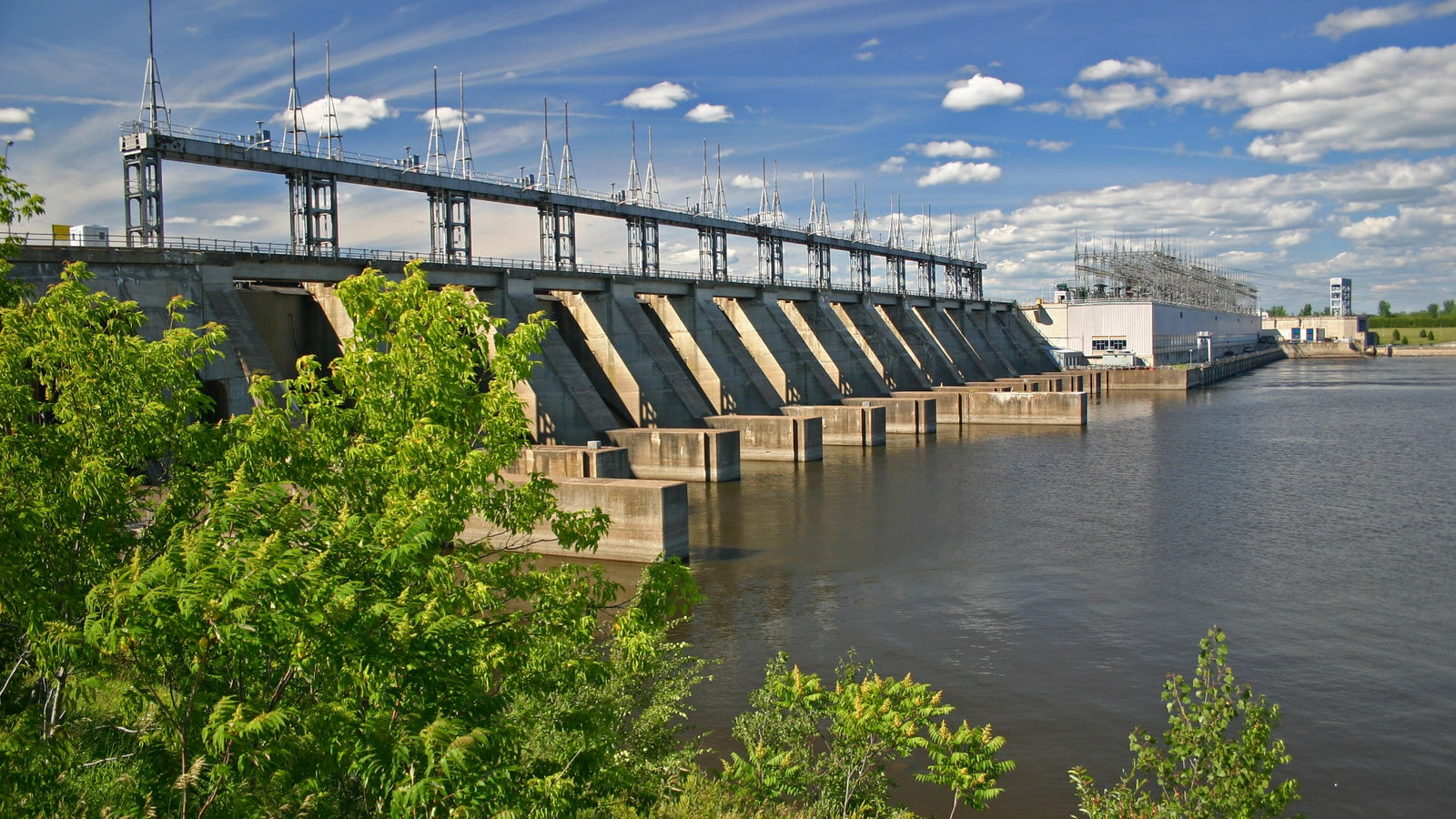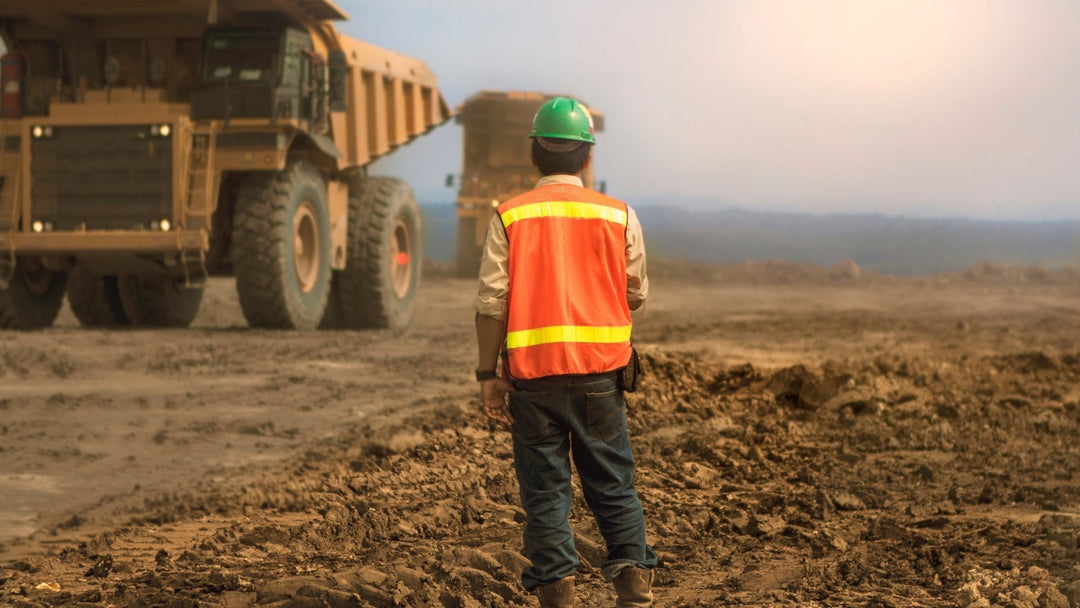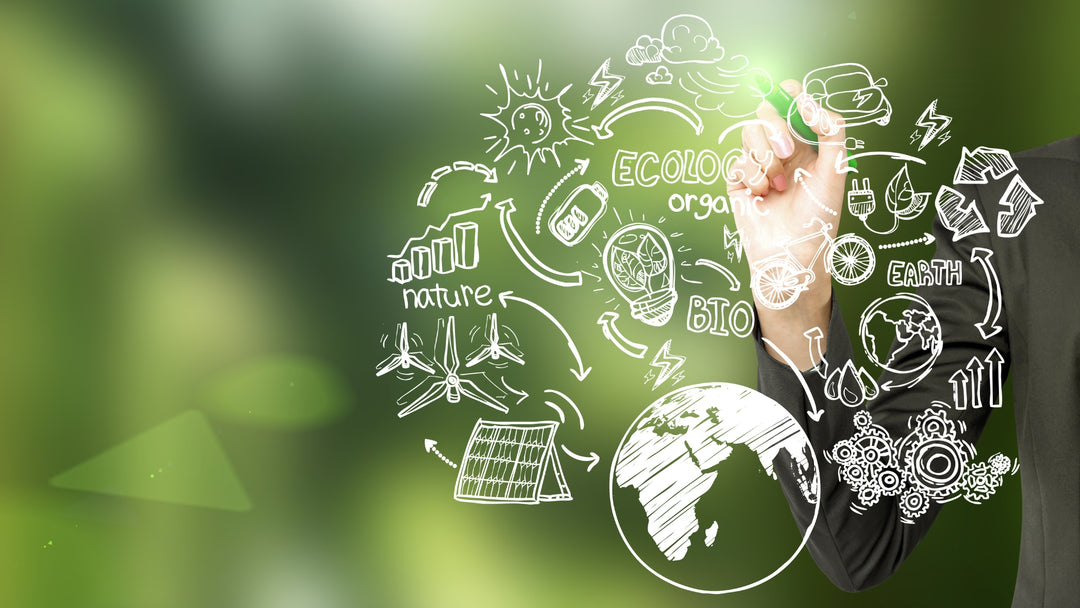Improving Water Management in Latin America

While Latin America and the Caribbean significantly increased the availability of water resources over the last few decades, there is still work to be done. Only 3% of the population lacked access to water resources in 2017, down from 10% in 2000. However, that means almost 21 million people in Latin America still need to be connected to basic water distribution systems.
Improving Water Quality
The population in the region is projected to grow from 645 million in 2017 to 717 million by 2030, so 72 million people will need water. In total, that means businesses and governments must build water distribution systems for 93 million people in Latin America.
Basic access is only the first step to ensuring that everyone always has clean water. Although 97% of Latin America and the Caribbean region had access to water, only 79% had water available when needed. Existing water distribution systems must be upgraded to improve reliability. More importantly, just 82% of water supplies were free of contamination. The issue of clean water is even more critical in rural areas, where 58% of the water supply still has some level of contamination.
Improved sanitation plays an essential part in improving water quality. 87% of people in Latin America and the Caribbean have some type of access to sanitation. However, just 66% are connected to a sewer system, and only 31% have wastewater treatment. Building new wastewater treatment facilities is the key to stopping contamination before it starts and maintaining water quality. Our consultants use the latest methods to identify inefficiencies in water management systems.
Supporting Sustainable Agriculture
South America also needs new water distribution systems to support agriculture. Even though actual starvation is rare in the region, more than 20 million people could not fully meet their calorie requirements, and over 45 million were affected by food insecurity. Irrigation solutions will play a vital role. For example, only 25% of the land with irrigation potential in Latin America and the Caribbean has been irrigated. That compares with 65% in the Middle East and 84% in Central Europe.
Expanding food production always has an impact on the environment, but irrigation using new water distribution systems can reduce that impact. Irrigation is a form of intensive development. Intensive development enables people to produce more food from a given area, which allows more land to remain in a pristine natural state. The only other way to increase food production is extensive development, which requires clearing rain forests and other unspoiled wilderness areas to create more farmland.
Protecting the Environment
The impact of water use on the environment in Latin America is not limited to agricultural encroachments and sanitation. Mining and industrial wastewater require even more treatment. Within agriculture, pesticides are also becoming more of a problem.
In Latin America and the Caribbean, pesticide residue rose from 89 to 126 kg per hectare between 2002 and 2013. Most of these pollutants come from multiple sources, which frequently makes it impossible to stop them at the source. Wastewater treatment is often the only viable way to maintain clean water.
Integrated Water Resources Management
Since water resources touch on multiple concerns like food, energy, and the environment, integrated water resources management is frequently the most effective approach. Latin America and the Caribbean have an abundance of water resources, but that abundance can lead to waste. Even though the region has 30% of the world's water resources on 15% of its land, water is scarce in many parts of Latin America and the Caribbean.
Integrated water resources management and public-private partnerships can help to spread both water and prosperity throughout Latin America. Our expert consultants work with your organization to develop a sustainable strategy for resource deployment.










